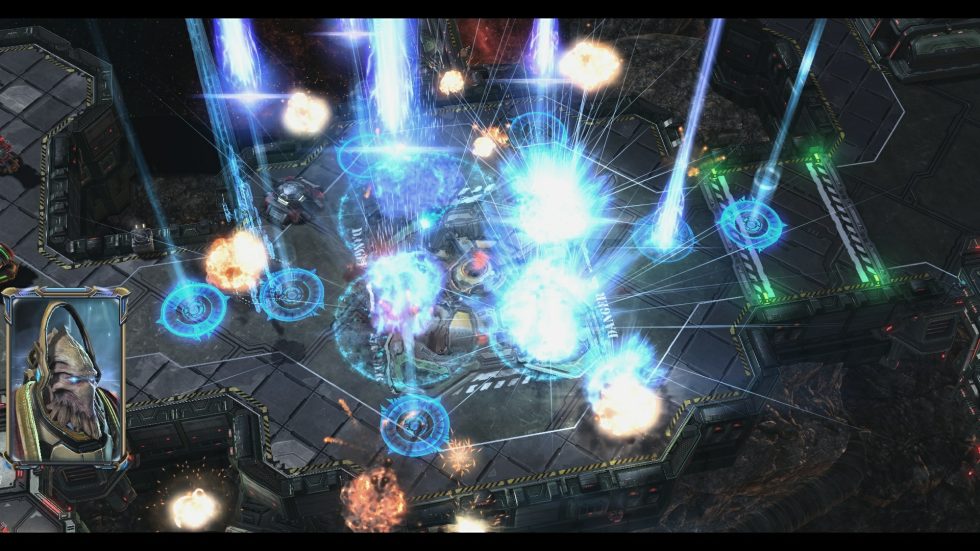Earlier this week, we discussed new test results for Ashes of the Singularity that showed GPUs from AMD and Nvidia running the game side-by-side. Unfortunately, Oxide has made the decision not to make this build of the game public immediately.*What we do have, courtesy of Oxide, *is video evidence of the ultimate Frankenstein rig running both AMD and Nvidia GPUs.
Note that in this case, the hardware obviously isn’t configured for any kind of SLI passthrough — AMD doesn’t use physical bridges the way Nvidia still does, and this kind of hardware wouldn’t be able to take advantage of it, since the two company’s use very different pinouts. Nevertheless, the rig works and works well.
Oxide’s benchmark test pairs a GTX 980 with a Fury Nano and notes that scaling is extremely good, though not quite perfect. While the video isn’t quite as gameplay-focused as we might like, the footage that exists runs without apparent problems. As we’ve noted, there’s very little that any ODM can do to prevent this mode from working. AMD and Nvidia can certainly try to encourage developers to prefer LDA (Linked Display Adapter), which mimics DX11 functionality, as opposed to the MDA mode shown here, which allows GPUs from multiple vendors to work together. But AMD and Nvidia can’t prevent it outright.
Some readers have asked whether or not PCI-E has enough bandwidth to make MDA plausible in all scenarios. This is a valid question, and we’ll need more data from other games before we have a guaranteed answer, but given that AMD stopped using bridge cables back in 2013, we suspect PCIe 3.0 has all the bandwidth necessary to feed even 4K multi-GPU configurations.
With PCI-Express 4.0 now not expected to debut until 2017 or 2018 due to the difficulty of achieving the standard’s 16GT/s transfer rate, it’ll be important to balance any new capabilities against what PCI-E 3.0 can provide. Then again, Ashes shows extremely strong scaling in the Nano + GTX 980 test, and a still-impressive 1.62x when the higher-end Fury X and GTX 980 Ti were used. Neither AMD nor Nvidia have fallen over themselves to publicly congratulate Oxide, so we’ll do it for them — gentlemen, we appreciate your efforts in making gaming more accessible to consumers who prefer to buy based on price/performance ratios rather than sticking to any single company.
more...


 1Likes
1Likes LinkBack URL
LinkBack URL About LinkBacks
About LinkBacks







 Reply With Quote
Reply With Quote






















Bookmarks